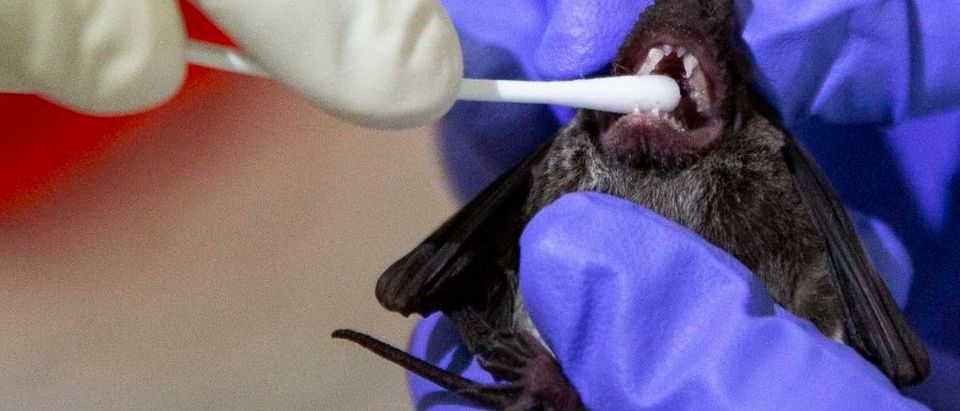As the lab leak hypothesis dominates the public conversation, and as the media, U.S. intelligence community and the Biden White House investigate the Wuhan lab, taxpayer-funded animal experimentation — which is opposed by most Americans — occupies center stage in the COVID-19 story.
In January 2020, White Coat Waste Project (WCW) met with the Trump White House to express our concerns about National Institutes of Health (NIH) funding being shipped to foreign countries for animal testing, including China and the Wuhan Institute of Virology (WIV) specifically. Maybe the White House was still digging in — we’re still learning more about the government’s early response to lab leak concerns — but we never heard back other than a cursory “thank you.”
We eventually started contacting reporters and in April 2020, we were first to publicly connect the dots between the Wuhan lab and the NIH. Our exposé revealed how $600,000 in taxpayer funds in the form of NIH subgrants had been funneled to Wuhan by a shady New York-based non-profit for dangerous coronavirus experiments on animals.
In particular, we found published papers documenting how WIV staff were spending U.S. taxpayer money to visit abandoned mines in southern China, collect coronavirus-infected bats, and transport them 1,000 miles back to WIV in downtown Wuhan. They then isolated the viruses, manipulated them to make them more transmissible and deadly, and injected them into “humanized mice” for dangerous and cruel “gain-of-function” experiments. The Washington Post Editorial Board explained, “This involves modifying viral genomes to give them new properties, including the ability to infect lung cells of laboratory mice that had been genetically changed to respond as human respiratory cells would.” This virus engineering in animal tests opens the door to direct infection of humans.
According to an archived version of its website, the Wuhan animal lab covers 1,216 square meters with “126 cages for Japanese white rabbits, 340 cages for…rats, 3268 cages for… genetically engineered mice, 12 cages for ferrets, 12 cages for bats… totaling 52 subspecies.”
Former Food and Drug Administration commissioner Dr. Scott Gottlieb concisely explained, “by assembling a large repository of dangerous coronaviruses into a single lab in a densely populated city, and experimenting on animals, Chinese researchers greatly increased the risk of a lab leak.“
The State Department warned that the Wuhan animal lab posed safety risks in 2018 and later raised red flags that, “The WIV has engaged in classified research, including laboratory animal experiments, on behalf of the Chinese military since at least 2017.”
We now also know that in November 2019 — months before the outbreak — WIV staff members connected with these animal experiments were reportedly hospitalized with COVID-19 symptoms and the wife of one Wuhan lab staffer reportedly died of a COVID-like illness in December 2019.
Last year, the Wuhan wet markets were prematurely implicated in causing the COVID-19 pandemic, prompting calls for their closure. Now, it’s time that dangerous animal labs get the scrutiny they deserve.
Reckless animal experiments aren’t just wasteful — they’re lethal. Wasteful government spending may have already killed 3 million people from COVID. Yet China is reportedly building dozens more Wuhan-style bioagent labs.
Fortunately, the Senate recently passed Republican Iowa Sen. Joni Ernst’s amendment to defund WIV and Republican Kentucky Sen. Rand Paul’s amendment to defund gain-of-function experiments in China.
Did taxpayer-funded animal experiments cause the worst catastrophe of our time? Its increasingly plausible and we need to take steps to ensure it doesn’t happen again.
Justin Goodman is vice president of advocacy and public policy at 3-million-member taxpayer watchdog group White Coat Waste Project.


